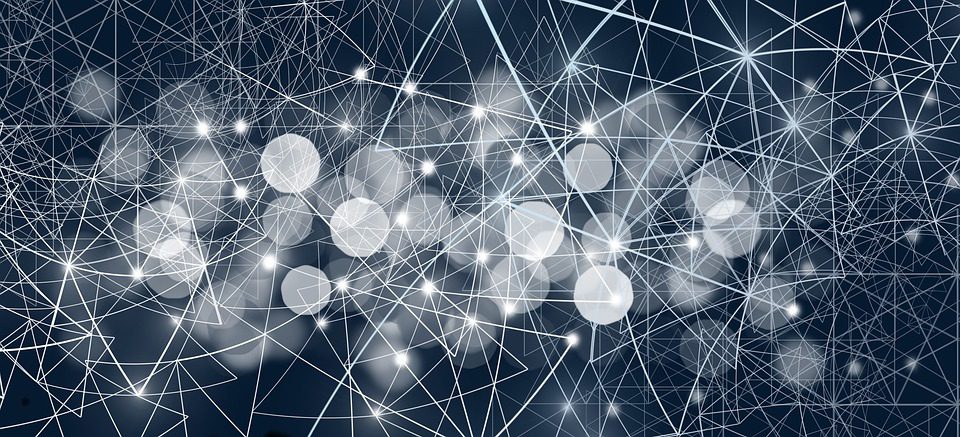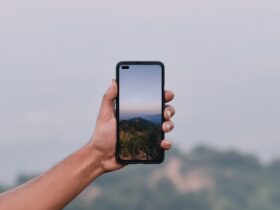According to OpenAI co-founder & chief scientist Ilya Sutskever, DALL-E, a neural net, can accept any phrase and create a picture out of it. This contained ideas that we would not have encountered in the classroom.
DALL-E, a new and improved version of the company’s prior application, has just been released. As stated on OpenAI’s site, DALL-E 2 can produce graphics and art based on a natural language descriptions.
One thing to note is that a photo-realistic picture of an astronaut riding a horse may be created by an artificial intelligence system. OpenAI claims that DALLE 2 is capable of making realistic modifications to existing photos based on a natural language description. It has the ability to add and delete items while taking into consideration shadows, reflections, and textures.
A few examples illustrate that the application can really add features or completely remove them from a photo while still keeping it in a nice state. Lastly, DALLE 2 has been shown by OpenAI to be able to take one picture and generate several versions based on the original. While the artwork’s general elements stay consistent, each rendition of the painting is somewhat different.
This is how OpenAI puts it: There is a connection between visuals and the words used to represent them in DALLE 2. An algorithm known as “diffusion” begins with a random dot pattern and eventually transforms it into a picture when it detects key features in the image. It gets better: OpenAI’s content policy prohibits users from creating violent, sexually explicit, or political material, among other things.
All in all, AI is set to have a significant impact on the lives of humans all over the world. Everyday tasks will become more convenient, while driving up efficiency and saving many hours that were previously spent on manual labour. It’s still far too early to tell exactly how big an impact AI will have, but it’s safe to say the world we live in will look drastically different at its conclusion.














Leave a Reply